Abstract: This application note discusses how to modify the PCB layout for either of two scenarios for second level GR-1089/UL 60950: fuse opens quickly, or fuse doesn't open at all. A thermal plane is added to dissipate heat for the case where a technical should not be dispatched to replace a fuse.
A product that has been certified to pass either Telcordia GR-1089-CORE (Issue 02, December 1997) Second Level AC Power Fault or UL 60950 Third Edition, Overvoltage Test, is not required to have passed operationally. The specification only requires that the device under test does not become a fire, fragmentation, or electrical safety hazard. The UL 60950 Third Edition Overvoltage Test is where 600V at 2.2A is applied for 30 minutes. GR-1089-CORE only requires 15 minutes. This application note shows two scenarios: one where the surge-tolerant fuse does open quickly in such a power-fault condition, and the other where the PC board has an extra thermal plane to dissipate the high thermal energy generated under such tests.
For general T1/E1 network interface application information, please refer to Application Note 324: T1/E1 Network Interface Design (www.maxim-ic.com/appnoteindex). Application Note 324 recommends a minimum trace width of at least 25 mils (assuming minimum trace thickness of 1oz/ft2), and traces should be separated as far as possible from other traces. This will work for most applications.
Care must be taken when routing ground planes since 4.4A must be conducted when one ground trace of 2.2 A is combined with another ground trace of 2.2A. With Telcordia GR-1089-CORE (Issue 02), up to two wires must be tested. The continuing ground trace(s) should be calculated to handle the resultant 4.4A. However, under UL 60950 Third Edition, up to four wires must be tested under the power-fault test, thus the continuing ground trace(s) should be calculated to handle the resultant 8.8A. The simple mistake can be made to make all such traces the same width to handle only 2.2A.
In a typical design, ground traces can be combined in width as they continue toward the main ground junction point. Alternatively, each 2.2A ground trace can be directly connected to an intermediate, bus-type ground channel, which should be calculated to handle all simultaneous power-faulted lines. This is illustrated in Figure 1 with a Gerber file that shows the typical layout using a ground plane, where each trace of ground current is routed to this intermediate ground channel.
Figure 1. Bus-type ground channel (H-Pattern) on 4-port T1/E1 card.
However, if the designer needs the fuse to not open during the regulatory tests stated above, then the layout must be designed to dissipate extreme amounts of heat to where the fuse(s) do not open. This can be quite challenging, yet possible, if the thermal energy can be dissipated quickly enough. The specific test that generates the most heat is the 600V at 2.2A for 15 minutes within Issue 02 of Telcordia GR-1089 and for 30 minutes within the Third Edition of UL 60950.
It is necessary that this thermal plane is as large as possible, since over 15/30 minutes a large amount of heat will be created, and the stress experienced by the PC board, traces, and components needs to be minimized. The ground traces within this same area should also be as wide as practical.
Some solder reflow might be noticed after several minutes into the test. If so, the thermal dissipation is not enough and the thermal plane will need to be enlarged. Make sure that all the components under the power-fault test are spread out across the PC board as much as possible, using the largest area for these components as practical. If this is not done carefully, the fuses will open, and the TVS, traces, and PC board have a much higher risk of becoming charred.
Figure 2 is a Gerber file that shows the typical layout of a thermal plane. Note how the thermal plane covers a large area of the PC board. This thermal plane should be placed inside the PC board at the next layer from the surface layer. The thermal plane should not be connected to any other plane because it lies under the magnetics.
Figure 2. Thermal plane (reddish-brown color) on 2-port T1/E1 card.
If you have further questions about robust power-fault protection design for our T1/E1 products, please contact the Telecommunication Applications support team via email telecom.support@dalsemi.com or call 972-371-6555.
Introduction
After equipment on the network interface experiences a power fault, the equipment may be in a nonfunctional state and require servicing. Because some end customers of T1/E1 products do not want a technician dispatched, it may be necessary to modify the circuit layout. Power-fault protection layout methods allow some flexibility as to when the fuse(s) will open when certain tests are applied. This application note discusses some PC board layout concerns with respect to a T1/E1 network interface and power-fault protection.A product that has been certified to pass either Telcordia GR-1089-CORE (Issue 02, December 1997) Second Level AC Power Fault or UL 60950 Third Edition, Overvoltage Test, is not required to have passed operationally. The specification only requires that the device under test does not become a fire, fragmentation, or electrical safety hazard. The UL 60950 Third Edition Overvoltage Test is where 600V at 2.2A is applied for 30 minutes. GR-1089-CORE only requires 15 minutes. This application note shows two scenarios: one where the surge-tolerant fuse does open quickly in such a power-fault condition, and the other where the PC board has an extra thermal plane to dissipate the high thermal energy generated under such tests.
General Configuration
Since the T1 or E1 network interface is exposed to the outside, the PC board is then exposed to high voltage and current stresses that might occur. When the traces on the PC board are being routed for the network interface, special care should be given to the trace width, thickness, spacing, and grounding.For general T1/E1 network interface application information, please refer to Application Note 324: T1/E1 Network Interface Design (www.maxim-ic.com/appnoteindex). Application Note 324 recommends a minimum trace width of at least 25 mils (assuming minimum trace thickness of 1oz/ft2), and traces should be separated as far as possible from other traces. This will work for most applications.
Care must be taken when routing ground planes since 4.4A must be conducted when one ground trace of 2.2 A is combined with another ground trace of 2.2A. With Telcordia GR-1089-CORE (Issue 02), up to two wires must be tested. The continuing ground trace(s) should be calculated to handle the resultant 4.4A. However, under UL 60950 Third Edition, up to four wires must be tested under the power-fault test, thus the continuing ground trace(s) should be calculated to handle the resultant 8.8A. The simple mistake can be made to make all such traces the same width to handle only 2.2A.
In a typical design, ground traces can be combined in width as they continue toward the main ground junction point. Alternatively, each 2.2A ground trace can be directly connected to an intermediate, bus-type ground channel, which should be calculated to handle all simultaneous power-faulted lines. This is illustrated in Figure 1 with a Gerber file that shows the typical layout using a ground plane, where each trace of ground current is routed to this intermediate ground channel.
Figure 1. Bus-type ground channel (H-Pattern) on 4-port T1/E1 card.
However, if the designer needs the fuse to not open during the regulatory tests stated above, then the layout must be designed to dissipate extreme amounts of heat to where the fuse(s) do not open. This can be quite challenging, yet possible, if the thermal energy can be dissipated quickly enough. The specific test that generates the most heat is the 600V at 2.2A for 15 minutes within Issue 02 of Telcordia GR-1089 and for 30 minutes within the Third Edition of UL 60950.
Scenario A: Fuse Opens Quickly
For the fuse to open under any of these two tests as quickly as possible, a special thermal plane is not needed, if all the guidelines from Application Note 324 are followed. In cases where this scenario is desired, Dallas Semiconductor recommends that the fuse to be used is the 1.25A fuse from Bel Fuse (SMP 1.25) or the Bourns Telefuse B1250T. Both of these fuses are surface mount, have the same PC board landprint, and consistently open within a few minutes or less.Scenario B: Fuse Does Not Open
For the fuse to not open after 15/30 minutes of heating from the above tests, the 2.0A fuse from Teccor (TeleLink F1251T) is recommended, as well as a large thermal plane (disconnected from the ground plane) that needs to be in placed under any and all fuses, chokes, and transient voltage suppressors that are part of the network interface, up to and including the transformer that connects to the Dallas Semiconductor T1/E1 integrated circuit.It is necessary that this thermal plane is as large as possible, since over 15/30 minutes a large amount of heat will be created, and the stress experienced by the PC board, traces, and components needs to be minimized. The ground traces within this same area should also be as wide as practical.
Some solder reflow might be noticed after several minutes into the test. If so, the thermal dissipation is not enough and the thermal plane will need to be enlarged. Make sure that all the components under the power-fault test are spread out across the PC board as much as possible, using the largest area for these components as practical. If this is not done carefully, the fuses will open, and the TVS, traces, and PC board have a much higher risk of becoming charred.
Figure 2 is a Gerber file that shows the typical layout of a thermal plane. Note how the thermal plane covers a large area of the PC board. This thermal plane should be placed inside the PC board at the next layer from the surface layer. The thermal plane should not be connected to any other plane because it lies under the magnetics.
Figure 2. Thermal plane (reddish-brown color) on 2-port T1/E1 card.
Conclusion
This application note has shown how to design the network interface with our T1/E1 LIUs/SCTs, where the designer can choose whether to have the fuse open quickly, or for the fuse to not open at all for the duration of the specified tests.If you have further questions about robust power-fault protection design for our T1/E1 products, please contact the Telecommunication Applications support team via email telecom.support@dalsemi.com or call 972-371-6555.
 電子發燒友App
電子發燒友App












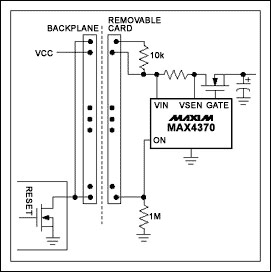
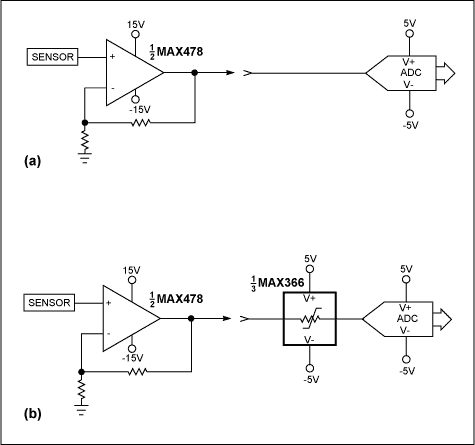
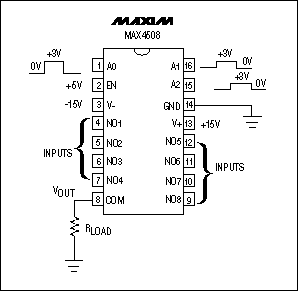
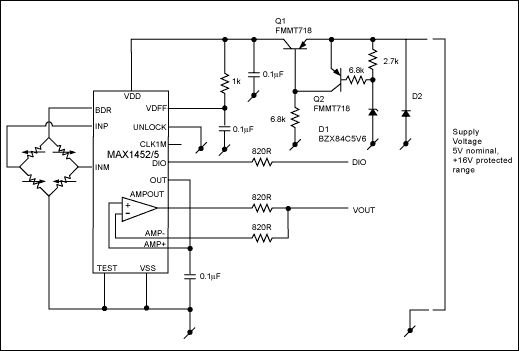
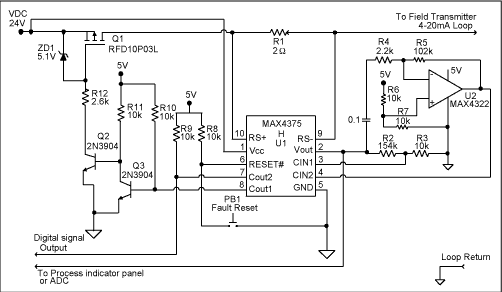
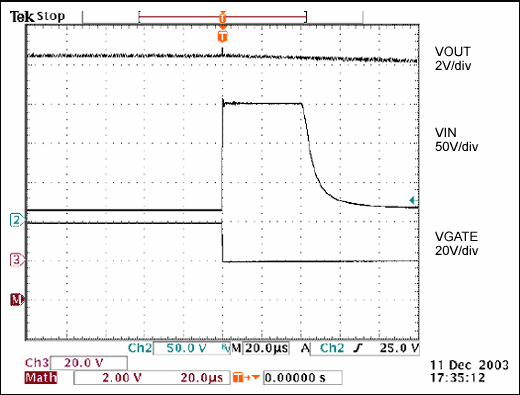

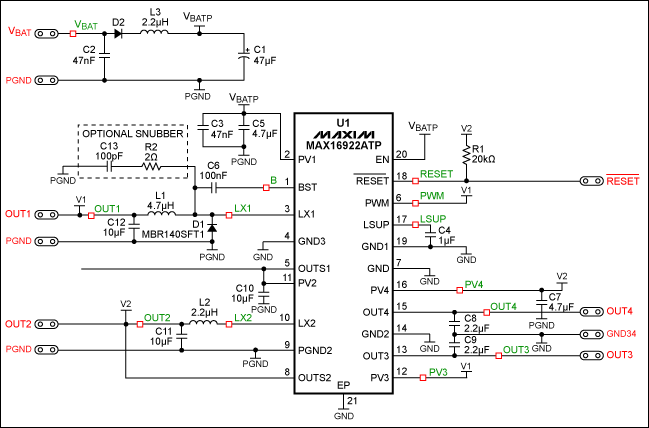
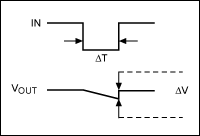
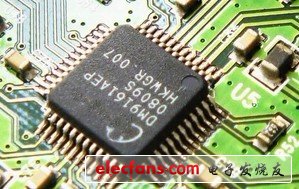
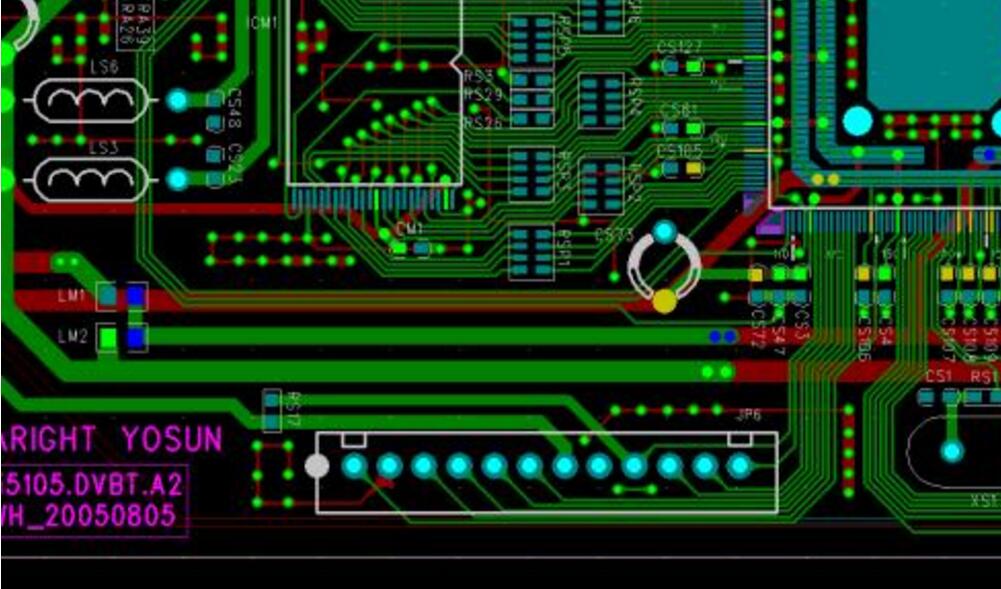



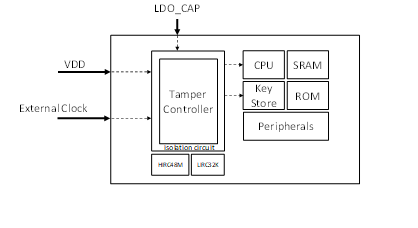
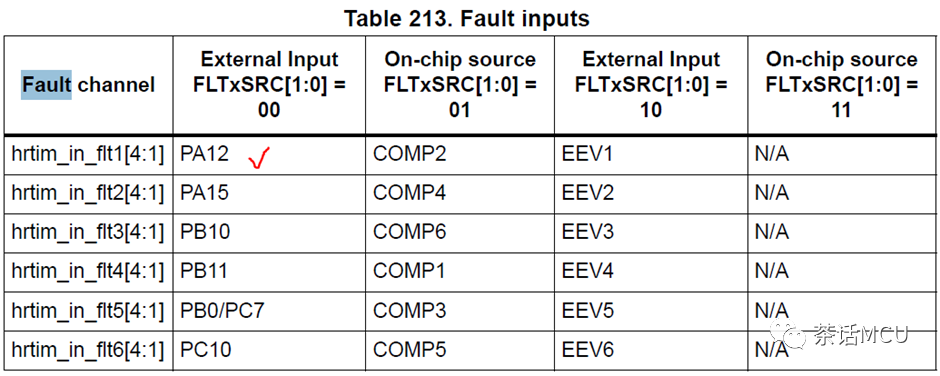
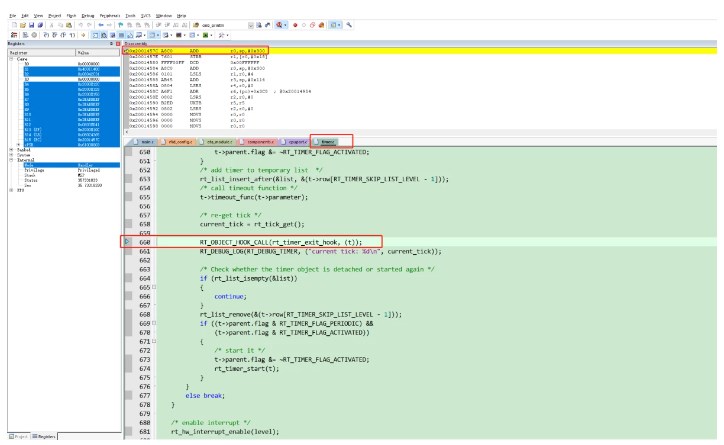











評論